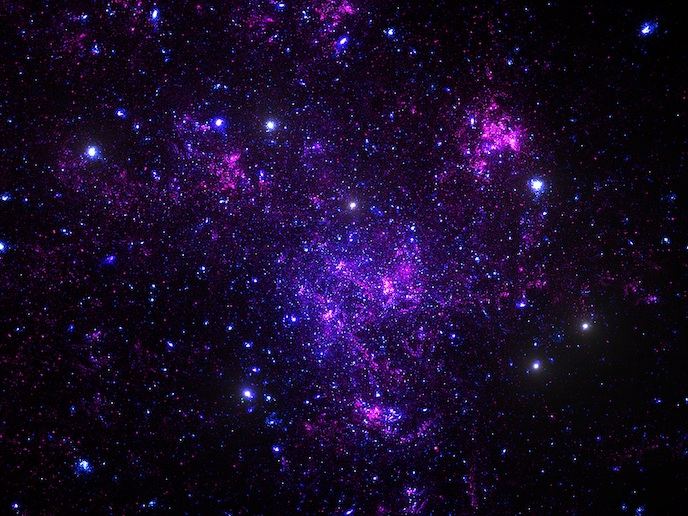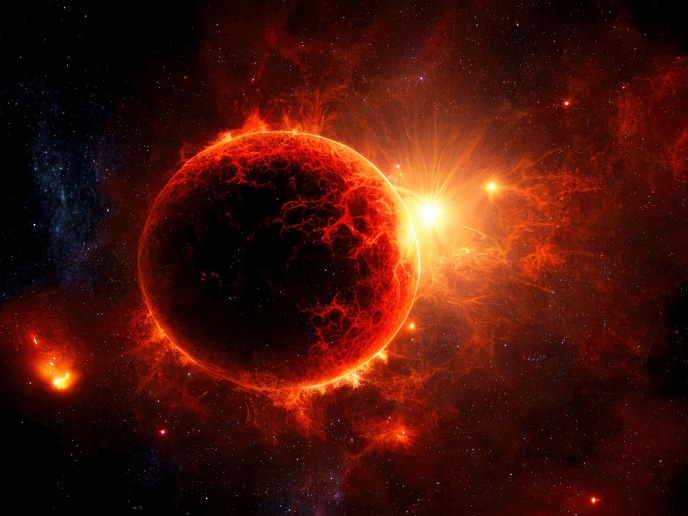A new standard in the study of early galaxies
Perhaps it should come as no surprise that there’s a lot of space in space. “Although pictures may portray galaxies as bright clusters of stars, in reality there’s a huge amount of space separating individual stars,” explains Andrea Ferrara, a professor at the Scuola Normale Superiore in Pisa, Italy. That space between stars is what is called the interstellar medium (ISM). It contains such matter as gas, heavy elements and dust. “The ISM acts as a matter and energy reservoir for the galaxy and represents the fuel out of which stars form,” says Ferrara. “As such, it has the potential to provide important insights into the oldest corners of the universe.” Helping to leverage this potential is the EU-funded INTERSTELLAR project. The project, which received support from the European Research Council (ERC), looked to study the ISM of the most distant galaxies, those formed within 13 billion years of the Big Bang. “Our goal was to characterise the properties of the ISM of the first galaxies in the universe in relation to their stellar component, assembly history and cosmic environment,” adds Ferrara, who served as the project coordinator.
Critical new insights into the interstellar medium
To achieve this, the project built an innovative new framework that uses a combination of theoretical models, high-resolution numerical simulations, and data acquired from the most advanced tools, including the James Webb Space Telescope (JWST) and the Atacama Large Millimeter/submillimeter Array (ALMA). “One of the project’s most important achievements is our inclusion of the largest number of physical processes into a technique we call ‘zoom-in simulations’, which in fact are the most highly resolved simulation of early galaxies,” remarks Ferrara. Coupled with machine learning algorithms and leveraging the power of high-performance computing, researchers used the framework to gain critical new insights into ISM. “We discovered that the observed properties of the earliest galaxies are determined by physical processes that are very different from those at work in local galaxies, including our own Milky Way,” notes Ferrara.
A solid understanding of how the earliest galaxies were formed
According to Ferrara, the INTERSTELLAR project set a new standard in how we study early galaxies – one that is already widely recognised by the research community. “As we enter the JWST era, where stunning discoveries sit around every corner, INTERSTELLAR serves as a Rosetta Stone, providing researchers with a very solid understanding of how the earliest galaxies were formed,” he concludes. The INTERSTELLAR team is already looking to expand its research through an ERC Synergy Grant, while several individual researchers have launched their own ERC projects. The team is also collaborating with such international research initiatives as REBELS and CRISTAL, and has published numerous articles about its work.
Keywords
INTERSTELLAR, galaxies, universe, space, stars, interstellar medium, Big Bang, James Webb Space Telescope, Atacama Large Millimeter/submillimeter Array







